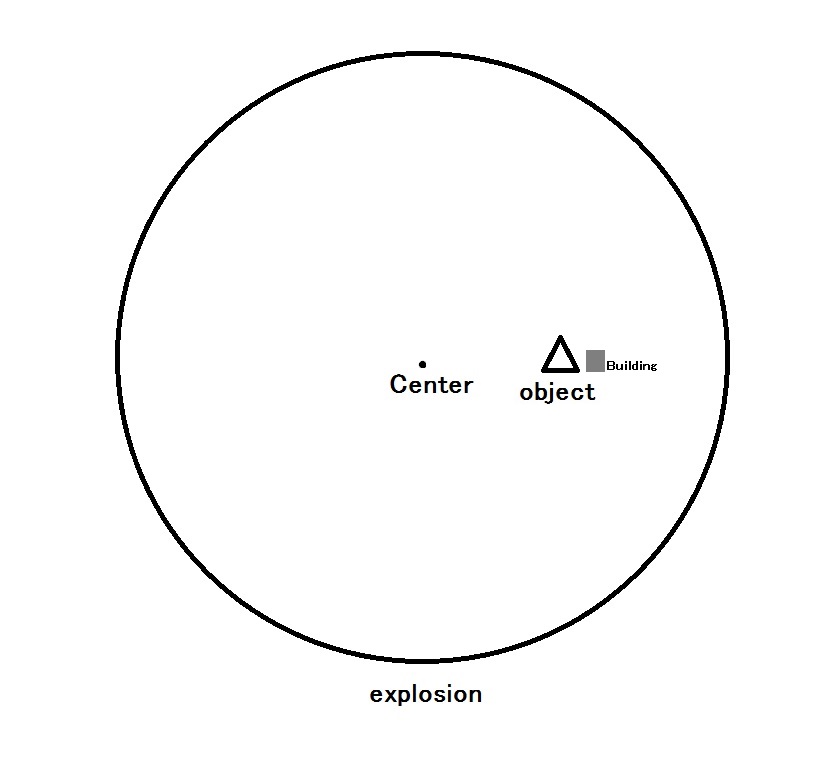- 9,978
- 2,016
- Thread starter
- #81
Ok, you may unlock the page and I'll add the values.
Follow along with the video below to see how to install our site as a web app on your home screen.
Note: This feature may not be available in some browsers.

Not sure. Most of the stuff left has been done.What, if anything, is left to do here?
Can you write a more indepth, but preferably easy to understand, explanation please?The guidelines for what overpressure value use depending of the destruction caused by the detonation. DontTalkDT never argued more about it, but I do not recall him directly opposing it, and few other users agreed with the concept.
Basically the various overpressure values we use for explosions based on what material the destroyed object was made out of.Can you write a more indepth, but preferably easy to understand, explanation please?
What, if anything, is left to do here?
The guidelines for what overpressure value use depending of the destruction caused by the detonation. DontTalkDT never argued more about it, but I do not recall him directly opposing it, and few other users agreed with the concept.
Okay.Basically the various overpressure values we use for explosions based on what material the destroyed object was made out of.
((x/0.28) ^3) /1000 (The Mid-air explosion) What's "0.28" stand for? Is this the pressure in psi?I'm not a calc' group member, but for surface level explosion I know that 3,000 psi is enough to destroy most renforced missile bunkers and 30,000 to 300,000 psi is the common value to destroy steel. Depending of its general quality.@DontTalkDT
Your help would still be appreciated here:
Or is there any other calc group member who has good suggestions regarding what we should do here?
So 0.28 = 20 psi.I believe 0.28 is just a constant obtained after simplefying the equation taking 20 psi as reference; the original equation is unknown to me.
The relationship is most likely not linear; the surface-level explosion calc is not linear if that works as reference for you.So 0.28 = 20 psi.
Meaning 1 psi = 0.014 of this "thing"?
Ah, too bad. I thought it would be possible to keep it linear with values lower than 20 psi (5 psi or lower) and values going into far higher than 0.28 would just switch "/" to "*" lol.The relationship is most likely not linear; the surface-level explosion calc is not linear if that works as reference for you.
Ah ok, gonna try to search for it then. Thanks!The formula is mostly derived from the Nuke Calculator, at least, that's what DontTalkDT told me, said that there was a technique to uncovering the formula used by inspect searching or some shit, but I suck at coding so I wouldn't be able to give a straight answer.
lets ******* go
We should probably add this to the explosions calculation page. There are some feats that involve shockwaves (which fall under air bursts) that cause minor damage that wouldn't fall under 20 psi.I found it.
And the psi scaling for the simplified equation works like this :
- 1 psi = 2.2
- 3 psi = 1.0
- 5 psi = 0.71
- 10 psi = 0.45
- 20 psi = 0.28
Anyway...@DontTalkDT
Your help would still be appreciated here:
Or is there any other calc group member who has good suggestions regarding what we should do here?
I do not mind, but it depends on what other calc group members (and @DontTalkDT ) think.We should probably add this to the explosions calculation page. There are some feats that involve shockwaves (which fall under air bursts) that cause minor damage that wouldn't fall under 20 psi.
Honestly, we should also establish guidelines for which psi to use for a given feat. This part should be pretty easy, as the website that has these psi values also has descriptions of what would fall under each psi value.
For reference, here is what each psi value describes:
1 psi: Window glass shatters. Light injuries from fragments occur.
3 psi: Residential structures collapse. Serious injuries are common, fatalities may occur.
5 psi: Most buildings collapse. Injuries are universal, fatalities are widespread.
10 psi: Reinforced concrete buildings are severely damaged or demolished. Most people are killed.
20 psi: Heavily built concrete buildings are severely damaged or demolished. Fatalities approach 100%.